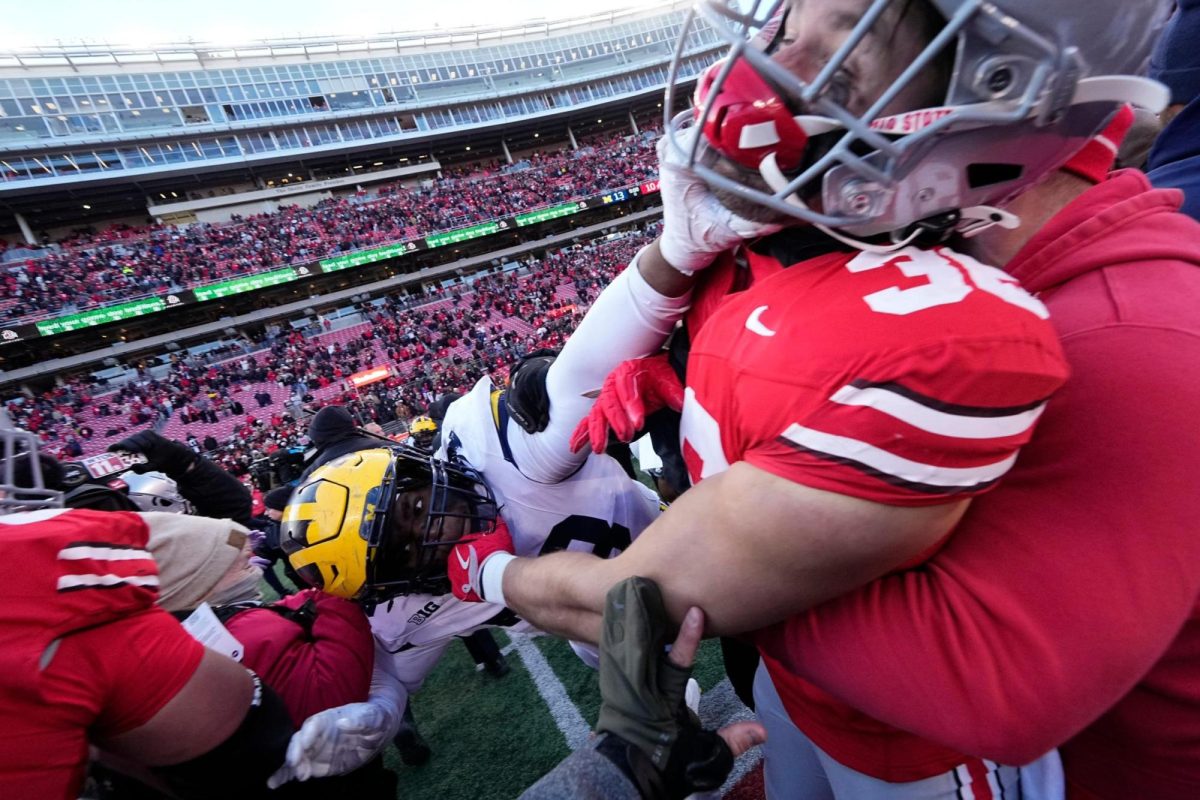Performance-Enhancing Drugs More Common in Men Than Women
September 27, 2013
The prevalence of performance-enhancing drugs among professional athletes has been well documented. Slews of baseball players, including the infamous Barry Bonds, Roger Clemens and Jose Canseco, have captured media attention for months on end for their illicit use of steroids. Track stars Tyson Gay and Ben Johnson were stripped of their Olympic medals after allegations of performance-enhancing drug use. And, most recently, cyclist Lance Armstrong is being sued left and right after he was disgraced for blood doping.
But there is one large contingent of athletes that is curiously missing from these scandals: women. However, female athletes are not immune from turning to drugs to make themselves more competitive. Track stars Regina Jacobs, Kelli White and, most famously, Marion Jones, were all clients of the Bay Area Laboratory Co-Operative, which sold performance-enhancing drugs to scores of athletes. Both the Chinese and East German women’s swim teams tarnished their records after they were complicit in performance-enhancing drug scandals.
Yet, with the one exception of Marion Jones, there has not been a female athlete with a drug scandal to match the high profile of the likes of Barry Bonds or Lance Armstrong. Performance-enhancing drug use seems to be simply more common among men than it is among women.
One reason for this may be practicality. Anabolic steroid use, for example, causes its recipient to produce more testosterone and to develop masculine features. Facial hair growth and quickly broadening shoulders are much more easily detectable, not to mention more stigmatized, in women than in men.
With the rising prevalence of drugs other than steroids — drugs which do not cause their users to bulk up so obviously — one would expect women to be just as implicated as men. Is it possible that women are simply more ethical than men? Do women have more boundaries when it comes to competition? This seems unlikely. As a female athlete with a natural affinity for competition, I well understand the pressures of competition and the want for any sort of edge.
The case of Marion Jones’s fall from fame is rather illustrative. Jones was the first woman to win five medals at a single Olympics and was regarded as the fastest woman on earth. Yet, seven years later she was stripped of her medals and charged with perjury once she finally admitted to drug use. The derailment of Jones’s career is tragic, as is any discovery that a revered athlete cheated his or her way to fame. But the case of Marion Jones, is, I think, all the more tragic because she is a woman.
It took much longer for women to be regarded as stellar athletes. Young girls, and even college athletes to a certain extent, still constantly have to affirm their athleticism to their male counterparts. Figures like Marion Jones, women who are unequivocally strong and athletic, help girls and women prove to others, and to themselves, that they can be regarded as true athletes. The discovery that Jones used drugs calls this into question. When Barry Bonds was exposed for steroid use he was perceived as a cheat, but his drug use didn’t call into question the athleticism of drug-free men. Jones’s drug use called into question the athleticism of women, as a whole. The discovery that Marion Jones, the fastest woman on earth, could not have achieved her superhuman speed without the increased production of male hormones undermines the very idea that women and girls can be athletic.
So maybe the reason more professional female athletes do not take advantage of performance-enhancing drugs is because they recognize this pitfall. Or perhaps this concept is just the reason we don’t hear about women and drugs more often. The discovery of drug use in athletes we revere is disappointing, but to me, it is all the more disappointing when that athlete is a role model for amateur female athletes who desperately need one.





















